Disclosure: This article contains affiliate links. We may earn a commission from purchases at no extra cost to you, which helps our travel content.
The first time I stepped into a thermal bath in Budapest, I realized I was experiencing something far beyond a simple soak. The neo-Baroque architecture soared overhead while locals chatted in hushed tones, their bodies half-submerged in steaming mineral waters—waters that have been healing and connecting people for centuries. That moment crystallized what makes this city so magnetic: Budapest doesn't just preserve its heritage; it lives within it daily. As a designer obsessed with how spaces shape human experience, I've returned to this enchanting city on the Danube multiple times, each visit revealing new layers of its architectural palimpsest. This fall marks my fourth solo journey to Hungary's capital, where thermal baths dating back to Ottoman times coexist with vibrant ruin bars housed in once-abandoned buildings. Join me as we explore Budapest beyond the guidebooks—where history, design, and everyday life converge in the most unexpected and delightful ways.
Beyond Széchenyi: Budapest's Lesser-Known Thermal Baths
Don't get me wrong—Széchenyi Bath is magnificent, with its sunshine-yellow Neo-Baroque façade and 18 pools. But after my first visit (and obligatory tourist photos), I've made it my mission to discover Budapest's more intimate thermal experiences.
Tucked away in Buda's winding streets, Király Bath dates back to the 16th century Ottoman occupation. Its central octagonal pool sits beneath a dome punctured with small glass openings, creating ethereal light beams that dance across the water's surface throughout the day. The first time I visited, an elderly Hungarian woman noticed me admiring the dome's geometry. 'The Ottomans understood that bathing is for both body and spirit,' she explained in halting English, pointing to how the light changes hourly.
For a truly local experience, I recommend Dandár Bath in the 9th district. Recently renovated yet refreshingly untouristy, it offers an authentic glimpse into everyday Hungarian bathing culture. Here, I've witnessed multi-generational families soaking together, friends playing chess on floating boards, and solo visitors simply embracing the meditative quiet. The mineral-rich waters vary in temperature, allowing you to create your own therapeutic circuit.
Perhaps my favorite hidden gem is Veli Bej, Budapest's oldest Turkish bath (built in 1575) that reopened in 2012 after extensive restoration. The central octagonal pool surrounded by four smaller pools creates a perfect temperature journey, and the original Ottoman architecture has been beautifully preserved alongside modern amenities. I spent an entire afternoon here last fall, alternating between soaks and sketching the intricate stone arches in my travel journal.
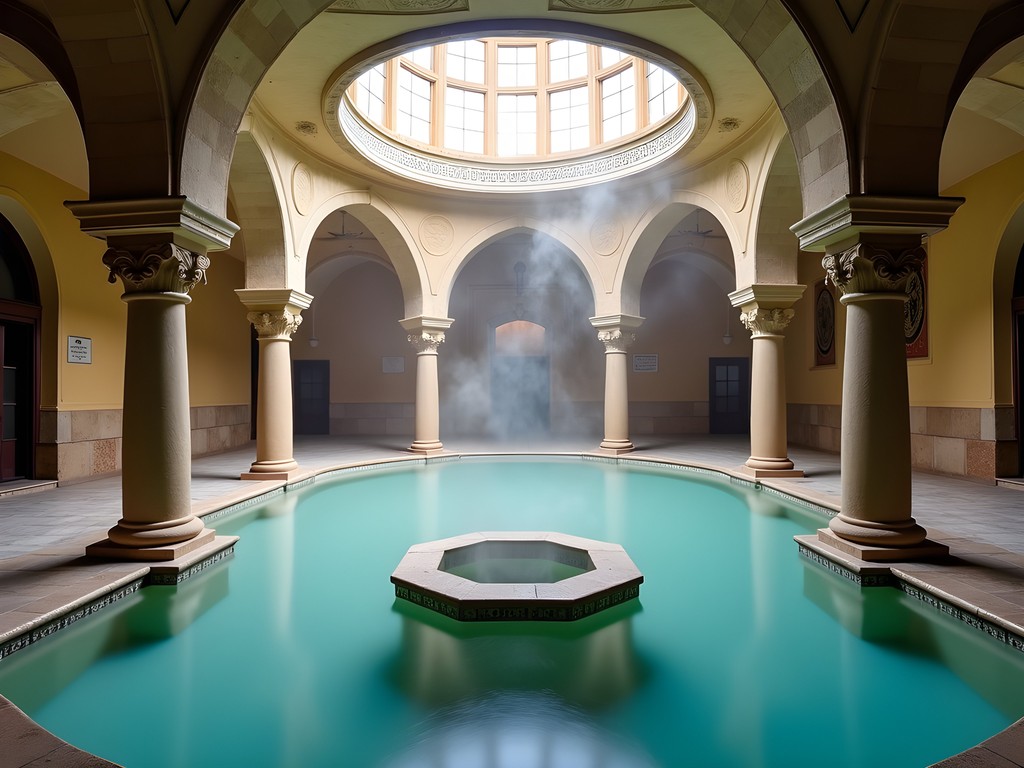
💡 Pro Tips
- Visit thermal baths during weekday mornings for fewer crowds and more authentic local atmosphere
- Most baths rent towels, but bring your own flip-flops and swimming cap (required in lap pools)
- Bath entry systems can be confusing - look for English instructions or ask staff for help with electronic wristbands
The Art of Ruin Bar Hopping: Beyond Szimpla Kert
If Budapest's thermal baths represent the city's ancient soul, its ruin bars embody its creative resilience. These bars—housed in abandoned buildings and derelict spaces in the Jewish Quarter—emerged in the early 2000s as grassroots cultural hubs. What began as makeshift pop-ups has evolved into a defining feature of Budapest's nightlife, though each venue maintains a delightfully improvised aesthetic.
Most travelers make a beeline for Szimpla Kert, the original ruin bar that transformed an old factory into a labyrinthine wonderland of mismatched furniture and artistic installations. It's worth visiting, absolutely—but go during daylight hours when you can actually appreciate the spatial ingenuity and layered design details without the evening crowds. Their Sunday farmers' market offers a completely different, more local experience.
As a solo female traveler, I've found Budapest's ruin bars remarkably welcoming and safe. My preferred evening haunt is Anker't, housed in a former factory with a massive open-air courtyard. The minimalist concrete aesthetic provides a beautiful contrast to the more chaotic ruin bar style, and their rotating art exhibitions give me fresh design inspiration each visit. I've spent countless evenings here sketching in my travel journal, occasionally chatting with curious locals about my drawings.
For something truly off the beaten path, seek out Grandio Bar, where nature is literally reclaiming the space—trees grow through the courtyard, and vines crawl up crumbling walls. It doubles as a hostel, attracting an eclectic mix of travelers. During my last visit, I ended up in an impromptu architectural discussion with two Hungarian design students and a retired German engineer, all of us sketching our ideal 'ruin bar' concepts on napkins.
Don't miss Mazel Tov, which reimagines the ruin bar concept through a more refined lens. Set in a restored factory with string lights illuminating its open courtyard, it honors the Jewish Quarter's heritage through both design and Middle Eastern cuisine. The contrast between raw concrete walls and lush hanging plants creates a magical atmosphere that's perfect for solo dining.
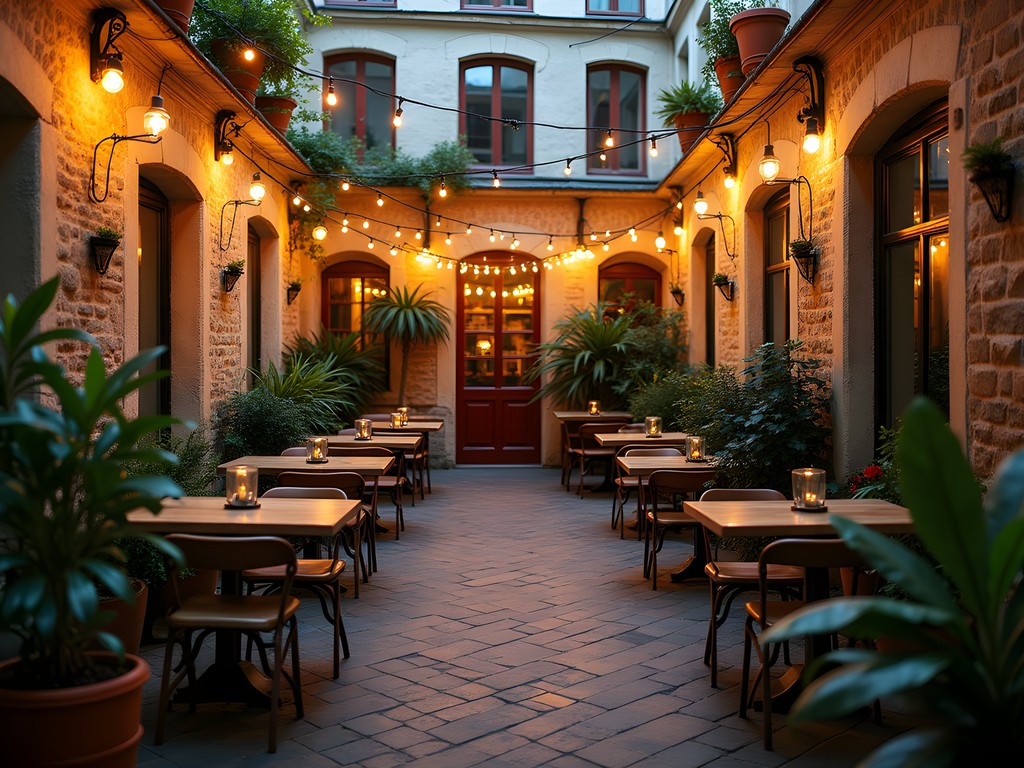
💡 Pro Tips
- Visit popular ruin bars like Szimpla Kert during afternoon hours to appreciate the design details without crowds
- Many ruin bars host cultural events beyond drinking—look for film screenings, workshops, and live music for more immersive experiences
- Solo female travelers: Budapest's ruin bars are generally very safe, but stick to more established venues if arriving alone at night
Architectural Treasures: Self-Guided Walking Tours
Budapest is an open-air museum of architectural styles, where Art Nouveau masterpieces stand alongside Renaissance revivals and stark Communist-era structures. Rather than rushing between major landmarks, I've created several themed walking routes that reveal the city's design evolution.
My favorite begins at the Central Market Hall—a magnificent Neo-Gothic structure with a colorful Zsolnay tile roof—before winding through the 5th district to admire the Art Nouveau details of buildings like the former Postal Savings Bank with its distinctive beehive motif and striking green roof. Budapest's Art Nouveau isn't as flamboyant as Barcelona's; it's more restrained yet deeply symbolic, often incorporating Hungarian folk motifs that tell cultural stories through architecture.
For those interested in Budapest's more recent design history, I recommend exploring the Bauhaus influences in Újlipótváros district, where clean lines and functional elegance emerged in the 1930s. I always carry my compact binoculars to study rooftop details and upper-floor ornamentation that most tourists miss—the architectural rewards are in the details here.
Don't skip Budapest's magnificent coffee houses, which are architectural destinations themselves. New York Café gets all the attention (and crowds), but Lotz Hall in the former Paris Department Store offers equally stunning Neo-Renaissance splendor with fewer tourists. I spent an entire rainy afternoon there last fall, sketching the ceiling frescoes while nursing a single cappuccino, and not once did the staff rush me along.
For those interested in Soviet-era design, venture to Memento Park on the city's outskirts, where massive socialist-realist statues now stand in thoughtful exile. It's a powerful reminder of how political ideologies shape public space and collective memory—something I find endlessly fascinating as both a designer and traveler.

💡 Pro Tips
- Download offline maps before exploring, as Budapest's winding streets can be disorienting, especially in the Castle District
- Look up! Budapest's most impressive architectural details are often above street level
- Many residential buildings with stunning Art Nouveau staircases allow respectful visitors into their lobbies—just be quiet and acknowledge residents with a nod
Solo Dining: From Market Halls to Hidden Kitchens
One of the joys of solo travel is the freedom to follow your appetite without compromise, and Budapest offers endless opportunities for culinary exploration. I structure many of my days around food experiences, beginning with early morning visits to neighborhood markets.
While the Central Market Hall is impressive, I prefer the less touristy Rákóczi Market, where I practice my few phrases of Hungarian with patient vendors. The ritual of pointing, smiling, and tasting creates connections that transcend language barriers. One elderly woman selling homemade pickles now recognizes me each visit, always offering a new fermented creation to try. These small human connections are the invisible souvenirs I cherish most.
For solo dining, I seek out places with counter seating where I can watch the kitchen action. Belvárosi Disznótoros offers an authentic Hungarian lunch experience—point to what looks good behind the glass counter and enjoy hearty portions of schnitzel, stuffed cabbage, or paprika-laced stews at communal tables. It's busy, boisterous, and perfectly acceptable to dine alone while people-watching.
Coffee culture in Budapest rivals Vienna's, but with a distinctly Hungarian character. Beyond the famous historic cafés, I love the new wave coffee shops that have emerged in recent years. Espresso Embassy, housed in a vaulted brick space that was once a physician's office, serves exceptional coffee in an atmosphere that encourages lingering. I often bring my travel sketchbook and spend hours drawing inspiration from both the interior design and the parade of locals passing through.
For evening meals, I've discovered that early dining (around 6pm) is perfect for solo travelers—restaurants are just opening, staff have more time to chat, and you'll often have your pick of seats. Menza offers updated Hungarian classics in a retro-cool 1970s setting that always makes me smile. Their goulash soup served in a bread bowl has become my traditional first-night meal in Budapest—comfort food that welcomes me back to a city that increasingly feels like home.
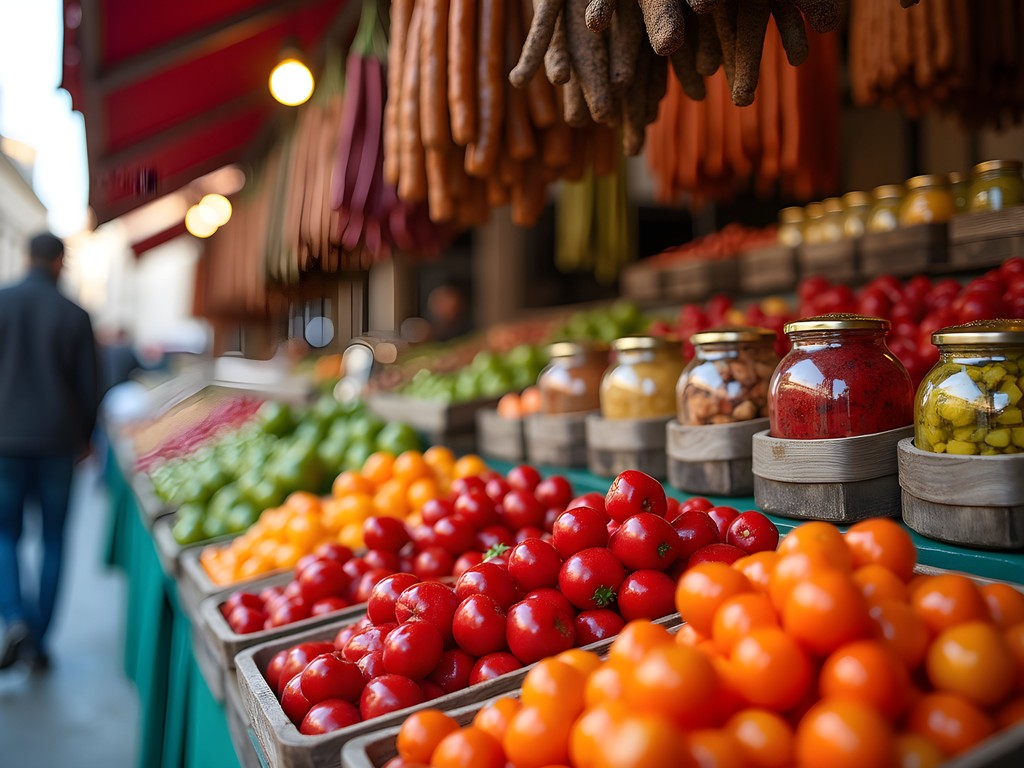
💡 Pro Tips
- Learn basic Hungarian food terms—even minimal effort is deeply appreciated by vendors and restaurant staff
- Neighborhood markets are significantly cheaper than tourist areas—stock up on picnic supplies for budget-friendly lunches
- Many wine bars offer tasting flights—a perfect way for solo travelers to sample Hungarian wines without committing to full bottles
Finding Community: Social Experiences for Solo Travelers
Solo travel doesn't mean being alone unless you want to be. Budapest offers numerous ways to connect with locals and fellow travelers when you're craving conversation and shared experiences.
On my first solo trip to Budapest, I discovered the free walking tours that depart daily from Vörösmarty Square. Beyond the historical insights, these tours provide an instant community of curious travelers. I've maintained friendships with people I met on these walks years ago—there's something about sharing that initial discovery of a city that creates lasting bonds. The alternative tours focusing on street art or Communist history often attract particularly interesting fellow travelers.
For deeper cultural immersion, I recommend booking experiences through Airbnb or WithLocals, which connect travelers with local hosts for home-cooked meals, craft workshops, or neighborhood tours. Last year, I spent an evening learning to make traditional Hungarian dumplings in a local family's apartment, an experience that provided more cultural insight than a dozen museum visits.
Budapest's thermal bath culture also creates natural opportunities for connection. The chess players at Széchenyi Bath welcome observers and occasionally invite newcomers for a game. Even if you don't play, watching these strategic battles unfold in steaming waters is a uniquely Budapest experience.
For evening socializing, I've found Budapest's craft beer scene particularly welcoming for solo travelers. Élesztőház, housed in a former glassblowing factory, features multiple microbreweries under one roof with communal seating that makes striking up conversations effortless. During my last visit, a simple question about a Hungarian beer style led to an hours-long discussion about the country's emerging craft brewing renaissance.
When I need creative inspiration, I seek out Budapest's thriving design shops and studios. The FISE Gallery showcases young Hungarian designers and craftspeople, while the studios along Bartók Béla Boulevard offer glimpses into the city's contemporary creative scene. Fellow design enthusiasts are easy to spot—we're the ones photographing unusual doorknobs and window details—and these shared obsessions have led to spontaneous design tours with newfound friends.

💡 Pro Tips
- Use free walking tours on your first day to orient yourself and potentially meet travel companions for later adventures
- Language exchange meetups at cafés welcome visitors—offer to help with English in exchange for basic Hungarian phrases
- Many hostels open their community events to non-guests—check bulletin boards for pub crawls, cooking classes, and game nights
Final Thoughts
As I pack my bags after another soul-nourishing week in Budapest, I'm struck by how this city rewards the solo traveler who slows down and looks deeper. Beyond the parliament building's Gothic spires and the Chain Bridge's iconic silhouette lies a Budapest of quiet thermal rituals, creative resilience, and unexpected connections. The city has taught me that true travel luxury isn't found in five-star accommodations but in those rare moments when you feel simultaneously like an explorer and a local—sipping pálinka with new friends in a crumbling garden bar or exchanging knowing glances with fellow bathers as you collectively sigh into thermal waters. Budapest doesn't just welcome solo travelers; it embraces us, challenges us, and ultimately transforms us. When will you let it work its magic on you?
✨ Key Takeaways
- Budapest's lesser-known thermal baths offer more authentic experiences than the famous tourist spots
- Early evening is ideal for solo dining, when restaurants are quieter and staff have more time to engage
- The city's architectural details reveal themselves to those who walk slowly and look up frequently
📋 Practical Information
Best Time to Visit
September-October or April-May
Budget Estimate
$40-60/day excluding accommodation
Recommended Duration
5-7 days
Difficulty Level
Easy




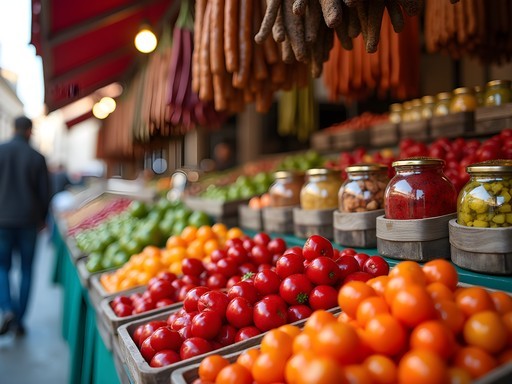






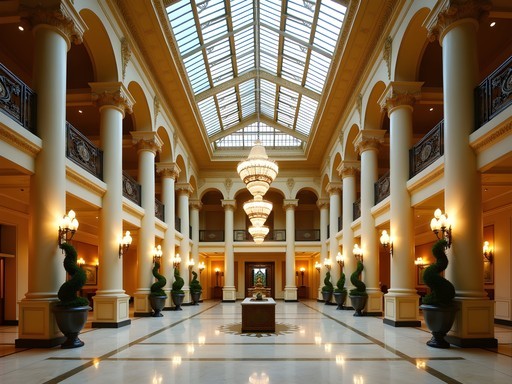

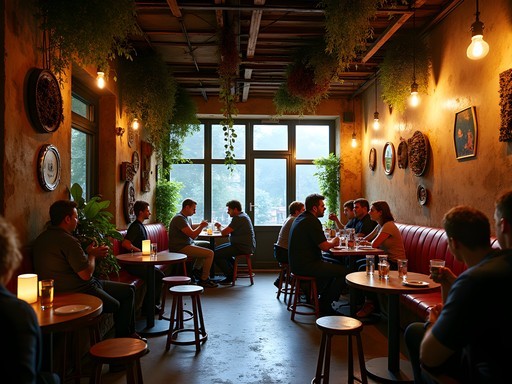
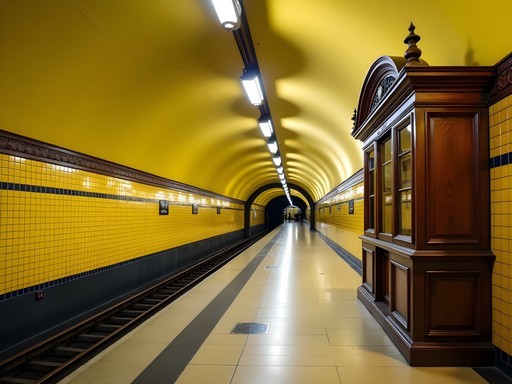
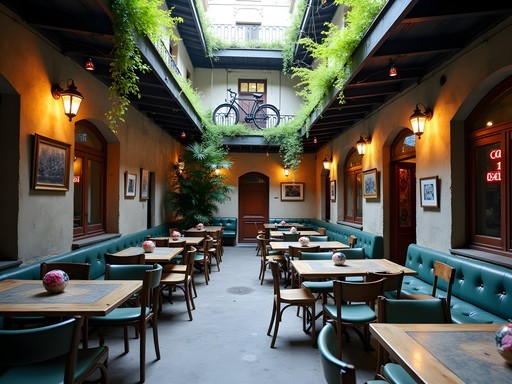
Comments
happyone
Love this post! Quick tip for solo travelers: the 72-hour Budapest Card is totally worth it. Covers all public transport and entry to many thermal baths including Lukács. Also, try langos from the Central Market Hall - best street food ever!
Olivia Sanchez
Great tip about the Budapest Card! And yes to langos - that fried dough with sour cream and cheese is dangerously addictive!
Hunter Thompson
Brilliant write-up on Budapest! Your section on the lesser-known thermal baths is spot on. Király Bath is an absolute hidden gem - 16th century Ottoman architecture and barely any tourists compared to Széchenyi. For anyone heading there, the ruin bars in the Jewish Quarter are constantly evolving - some close and new ones open. Grandio and Kuplung were my favorites for meeting other solo travelers. Also worth mentioning is the night kayaking on the Danube - seeing Parliament all lit up from the water is a proper magical experience! Budapest might be the best value city in Europe for solo travelers right now.
exploremood
Going to Budapest solo next month! How safe is it to visit the thermal baths alone as a woman? And any tips for meeting other travelers in the ruin bars?
Olivia Sanchez
Budapest is generally very safe for solo female travelers! For the baths, I'd recommend going earlier in the day (less crowded) and bringing a quick-dry travel towel. As for meeting people, Instant and Fogas Ház have more social vibes than some of the others. There are also great hostel pub crawls if you want an instant group to explore with!
happyone
I went solo last year and felt completely safe. The hostels organize ruin bar crawls which are perfect for meeting people! I used my quick-dry towel at the baths and it was a lifesaver since you'll be hopping between pools.
exploremood
Thanks for the tips! Will definitely check out those hostels and the bar crawls sound perfect!
globeblogger3788
This post brings back so many memories! I visited Budapest last spring and completely agree about skipping the crowds at Széchenyi. Lukács Bath was my hidden gem - way fewer tourists and such an authentic experience with locals. And the ruin bar circuit beyond Szimpla is where the real magic happens. Managed to find this tiny place called Ellátó Kert that had the best palinka and live folk music on Thursdays. Did you make it to the Danube at sunset? That view from the Buda side looking at Parliament is something else.
Hunter Thompson
Ellátó Kert is brilliant! Their garden area in summer is absolute magic. Did you try Anker't as well? Less crowded than the main spots but still has that authentic ruin bar vibe.
globeblogger3788
I missed Anker't! Adding it to my list for next time. Budapest definitely deserves a second visit.
citypro
Love this post! The photos of those thermal baths are stunning. I've been wanting to visit Budapest for ages, and this might just push me to book that ticket. Those ruin bars look like my kind of scene! Did you feel safe as a solo female traveler at night?
Hunter Thompson
Olivia! You've absolutely nailed the essence of Budapest here! The thermal bath culture is EVERYTHING and I love how you highlighted the lesser-known spots. I became slightly obsessed with Veli Bej during my stay - that Ottoman dome is just magical in the morning light. For anyone heading there, don't miss the rooftop at Gellért before or after your soak - the view across the Danube is unreal for sunset. And YES to your market hall recommendations - the langos at the Central Market Hall changed my life! Did you try any of the wine bars? The Hungarian wine scene deserves its own post!
Olivia Sanchez
Thanks Hunter! I didn't dive deep into the wine scene this trip but that's definitely on my list for next time. Any specific wine bars you'd recommend?
Hunter Thompson
Doblo Wine Bar in the Jewish Quarter is fantastic for beginners - they do great tasting flights with explanations. For something more local, try Kadarka Wine Bar - the staff really know their Hungarian wines and can guide you through the regions!
beachbackpacker
Just got back from Budapest last week and used this guide - thank you! The self-guided architectural walking tour was perfect. I downloaded an offline map and spent a whole day just wandering the streets of the Jewish Quarter. Those ruin bars are something else! Ended up at Fogasház which wasn't on your list but had amazing vibes. One tip for other solo travelers: I found the Budapest Card worth it for the free public transport and bath entry.
citypro
Was Fogasház crowded? Planning to visit next month and wondering if it's good for solo travelers or more of a group scene?
beachbackpacker
It was busy but not packed when I went (Tuesday night). Lots of solo travelers and easy to chat with people. The courtyard area is more relaxed if the inside gets too crowded!
Frank Garcia
This post brings back memories! I spent three weeks in Budapest last year and completely agree about the lesser-known thermal baths. Lukács was my personal favorite - the locals-to-tourist ratio is much better than at Széchenyi, and the medicinal waters are supposedly more therapeutic. For ruin bars, I'd add Ellátó Kert to your list - it's got this fantastic garden area that's perfect for solo travelers to meet people. Did you find the language barrier challenging at all when visiting the more local spots?
smartnomad4986
Great post! I've been to Széchenyi but would love to try some of those hidden baths you mentioned. Which one was your personal favorite for a quieter experience?
Olivia Sanchez
Thanks! Király Bath was my absolute favorite for a quiet soak - much less touristy and has this amazing Ottoman architecture. Go early on weekdays for the most peaceful experience.
smartnomad4986
Perfect, adding that to my list for next month's trip. Appreciate the tip!
Taylor Moreau
Excellent guide, Olivia! I've been to Budapest numerous times for business and always extend my stay for the thermal baths. One tip for solo travelers: many baths have different days for men and women, or different sections. Always check their websites before going, especially for the smaller, more traditional ones. For the architectural walking tour, I'd add the Postal Savings Bank building by Ödön Lechner - an overlooked masterpiece with the most extraordinary ceramic roof. And for those who enjoy a good coffee while working, Espresso Embassy near the basilica has excellent wifi and even better pastries.
Olivia Sanchez
Thanks for the additional recommendations, Taylor! That Postal Savings Bank building is indeed a hidden gem - those ceramic bees and honeycomb designs are incredible. And yes, checking the bath schedules is crucial advice!
Venture X
Premium card with 2X miles, $300 travel credit, Priority Pass